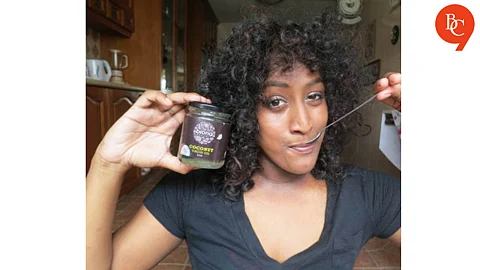

Oil pulling, a staple of Ayurvedic oral care, has resurfaced as a Gen Z wellness obsession—praised by holistic health coaches, beauty influencers, and dentists alike (well, some of them). But with all the hype online, one question remains: Is oil pulling actually worth it?
Let’s take a closer look at this slippery ritual, from its Ayurvedic roots to its modern-day glow-up.
What Is Oil Pulling?
Oil pulling (called “kavala” or “gandusha” in Ayurveda) involves swishing a tablespoon of oil in your mouth—usually coconut, sesame, or sunflower oil—for 10 to 20 minutes on an empty stomach. The idea? That it “pulls out” toxins, cleanses the mouth, and strengthens the body’s overall immunity.
In ancient Ayurvedic texts, oil pulling was considered part of dinacharya (daily self-care). Fast forward a few thousand years, and now it's part of that #5AMClub morning routine reel next to lemon water and journaling.
Claimed Benefits (And What Science Actually Says)
1. Whiter Teeth & Fresher Breath
Truth: Coconut oil’s antibacterial properties can help reduce bad breath bacteria (like Streptococcus mutans). Some users report subtle whitening over weeks.
2. Better Oral Hygiene
Partial truth: Studies show oil pulling can reduce plaque and gingivitis when done regularly—but not as a replacement for brushing or flossing.
3. Detoxification & Immunity Boost
Controversial: The “detox” claims are more anecdotal than scientific. While reducing oral bacteria can lower inflammation, there’s no clinical proof that oil pulling “pulls toxins from the body.”
4. Jaw Relaxation & Mindfulness
Unexpected perk: Holding oil in your mouth can engage facial muscles and promote mindfulness—especially if paired with breathwork or meditation.
How to Oil Pull Like a Pro (Without Gagging)
Step 1: Pick your oil.
Coconut oil is popular for its taste and antibacterial powers.
Sesame oil is the traditional choice in Ayurveda.
Step 2: Measure 1 tablespoon (start with 1 teaspoon if you're new).
Step 3: Swish gently—don’t gargle or swallow. Aim for 10–15 minutes.
Step 4: Spit into the trash (not your sink—it can clog pipes!).
Step 5: Rinse with warm water and brush your teeth.
Pro Tip: Multitask while swishing—shower, journal, or water your plants. Just don’t talk (obviously).
Who Should Avoid Oil Pulling?
People with TMJ or jaw pain
Those prone to gag reflex
Anyone with oil allergies (especially to coconut or sesame)
And remember: oil pulling doesn’t replace dental visits. It’s a wellness add-on—not a miracle cure.
The Gen Z Glow-Up: Why It’s Trending Again
Oil pulling aligns with everything Gen Z loves in wellness:
Ancient rituals > modern medicine
Natural over chemical
Low cost, high aesthetic
Morning routine status (especially when filmed in soft sunlight with a jade roller)
Is It Worth the Hype?
Yes—if you’re realistic.
Oil pulling isn’t magic. It won’t erase your cavities or detox your liver, but it can absolutely improve your oral health, freshen your breath, and add a calm ritual to your day.
No—if you're expecting overnight glow-ups or skipping actual dental care.
It’s a gentle practice rooted in tradition, and when paired with modern habits, it makes a lot of sense. Think of it as wellness minimalism: simple, sensory, and satisfying.
